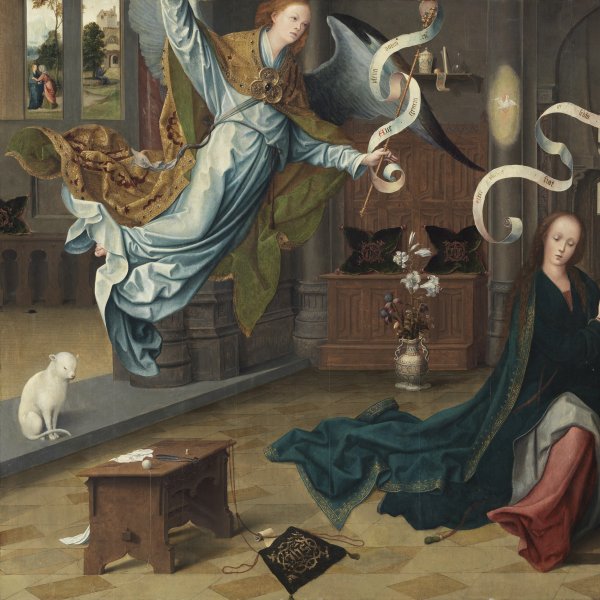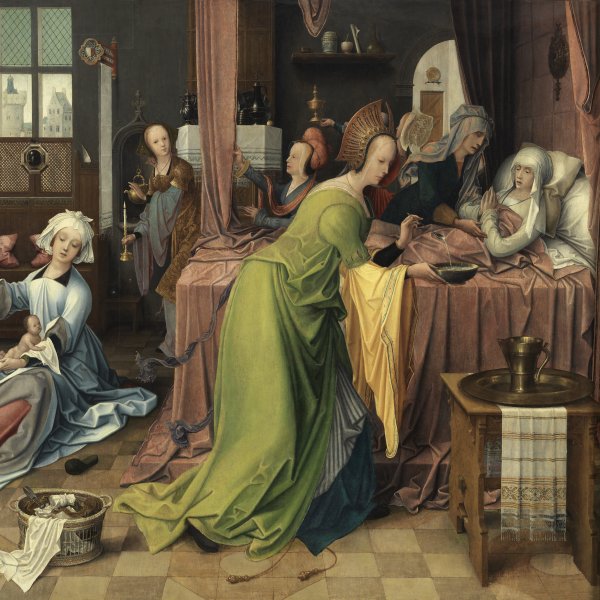Jan de Beer
Antwerp (?), ca. 1475-Antwerp, before 10 November 1528
Jan de Beer is first documented in 1490 in the register of the guild of Saint Luke in Antwerp where he appears as an apprentice in the workshop of the painter Gillis van Everen. In 1504 he was already working as an independent master. From 1509 he occupied various official positions within the painters’ guild and was elected Dean in 1515. That same year he was also one of a group of artists commissioned to decorate the city to celebrate the triumphal entry of Charles V. Between 1510 and 1513 he had a number of apprentices in his charge including his own son, Aert de Beer. Nothing is known of his life after 1519.
In 1902 the art historian Hulin de Loo discovered the artist’s signature on a drawing of Four Heads of a Man in the British Museum, published in 1913. Two years later in his study of Antwerp painters, Friedländer related this drawing to the work of the Master of the Milan Adoration (whose name derives from The Adoration of the Magi in the Pinacoteca di Brera, Milan). Finally in his text Die altniederländische Malerei (1933), Friedländer conclusively accepted the identification of that artist with Jan de Beer. Despite the fact that his only signed work is the drawing in the British Museum, around 24 drawings and sculptures have been attributed to De Beer, all on religious subjects. His compositions reveal a highly distinctive and imaginative style in which Gothic and Renaissance elements coexist. De Beer is one of the most important Antwerp Mannerists and his work had a profound influence on the Master of Amiens, who may have trained in his workshop, and on the Master of the Von Groote Adoration.
In 1902 the art historian Hulin de Loo discovered the artist’s signature on a drawing of Four Heads of a Man in the British Museum, published in 1913. Two years later in his study of Antwerp painters, Friedländer related this drawing to the work of the Master of the Milan Adoration (whose name derives from The Adoration of the Magi in the Pinacoteca di Brera, Milan). Finally in his text Die altniederländische Malerei (1933), Friedländer conclusively accepted the identification of that artist with Jan de Beer. Despite the fact that his only signed work is the drawing in the British Museum, around 24 drawings and sculptures have been attributed to De Beer, all on religious subjects. His compositions reveal a highly distinctive and imaginative style in which Gothic and Renaissance elements coexist. De Beer is one of the most important Antwerp Mannerists and his work had a profound influence on the Master of Amiens, who may have trained in his workshop, and on the Master of the Von Groote Adoration.






